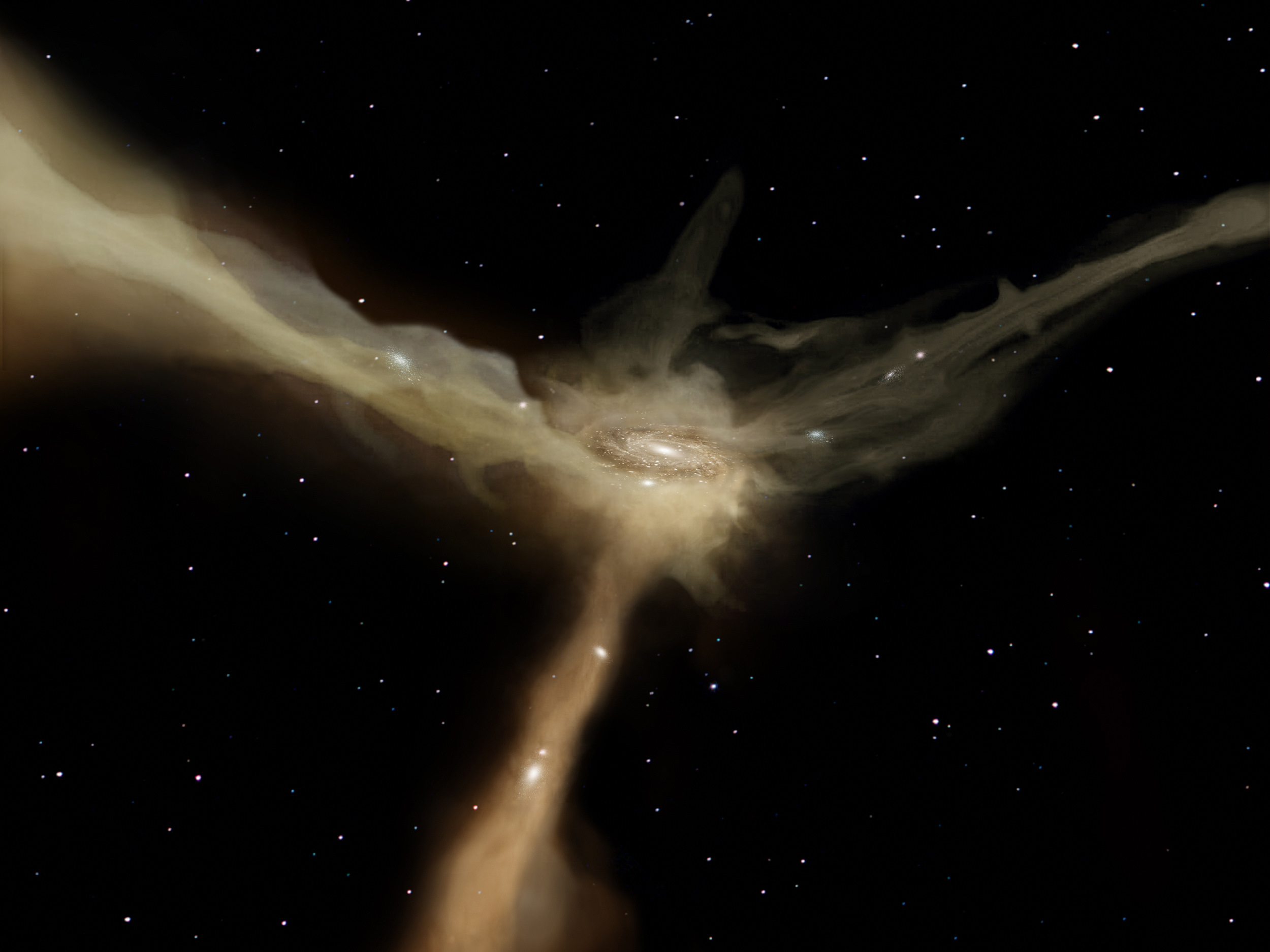74 million kilometres is a huge distance from which to observe something. But 74 million km isn’t such a big deal when the object is the Sun.
That’s how far away from the Sun the ESA/NASA Solar Orbiter was when it captured these new images.
Continue reading “Gaze at New Pictures of the Sun from Solar Orbiter”









